When water, chemicals, liquids and gases pass through pipes, people refer to that as plumbing. However, in the manufacturing world, the pipes that transmit fluids and gases are actually referred to as process piping.
Below, we are talking more about process piping, piping systems and their unique features and characteristics. We will also mention the difference between piping and plumbing systems.
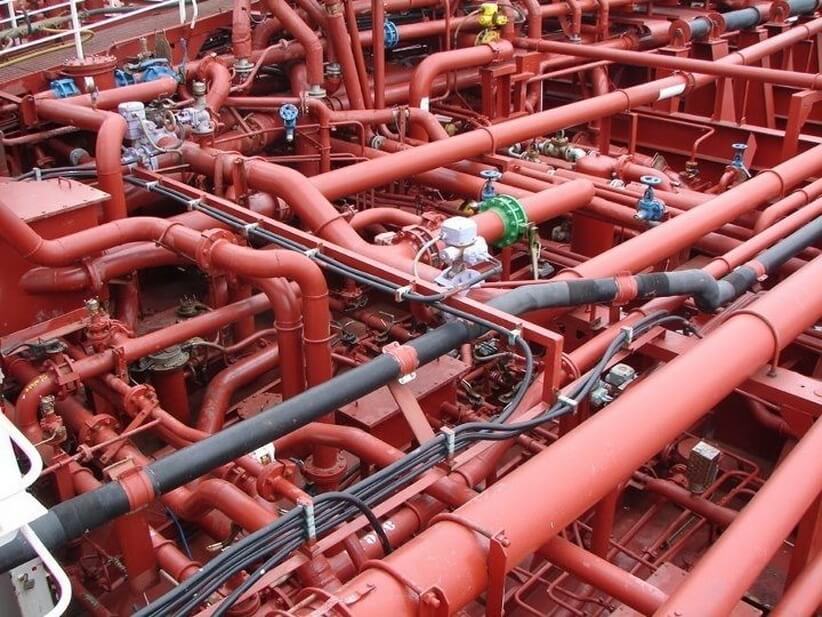
What Is A Process Piping System?
Process piping is a unique system that converts liquids, fuels, gases, chemicals or raw materials into usable products. Wherever there is a conversion of something or combining something with other materials in pipes, the end product would be process piping systems.
Technically, process piping systems are any pipes and components that are not part of mechanical systems. Heating and cooling, pipework that leads to plumbing fixtures and waste-water systems are not considered piping systems, but part of plumbing systems. Process piping is also not something associated with power processing systems.
Moreover, process piping systems are any systems that are interconnected. Tubes, pipes, pressure hoses, valves, fittings, gaskets, joints, flanges, drainage points, strainers and other components placed together to move, stop, distribute, separate or control the flow of fluids are known as piping systems. All of these fittings, flanges, valves, processes, and equipment are crucial to the proper construction of process pipes.
Process piping is used in many industries, and some of the notable ones include the textile, pharmaceutical, semiconductor, chemical, petroleum, and paper processing industry. All of these industries rely on pipes to keep their cost low.
The Difference Between Process Piping Systems And Plumbing Systems
To most people, a plumbing system is identical to a piping system, and there are no differences at all. However, both of these systems are actually complex concepts to define, especially when information is not that accessible.
So, the best way to understand the differences is with definitions and detail on the design of both systems.
A plumbing system carries the distribution of chemicals and liquid components through a network of pipework. Plumbing is associated with pipes connected to a faucet or shower system. Unlike that, process piping systems feature a connection and distribution of pipes in process machines that are often associated with industrial factories.
Process piping systems use techniques to convert chemicals, gases, and liquids into tangible and variable products. Pipes used in the distribution of substances other than water distribution are generally considered process piping systems.
Additionally plumbing systems adhere to different codes and regulations, and process piping does not fall under the same regulations, mostly due to its unique processing, chemical manufacturing, and mechanical operations. In that manner, process piping falls under ASCME and OSHA engineering standards and guidelines.
Piping Material & Sizes
Pipe manufacture uses specific materials that suit the operating conditions of the piping. Selecting the right one is something that is written in the standard piping codes – for instance, the ASME (B31.3) Code for Pressure Piping has a section on Power Piping, Industrial Gas and Air Piping, Refinery/Oil Piping, and Refrigeration Piping Systems. These industrial codes focus on the objective that the material should be safe against pressure, corrosion, temperature, or erosion. They also specify the appropriate design, fabrication, system components, installation techniques, and testing.
The common choices for piping system materials include steel (the most frequently used material for pipe coming in two types: seamless and welded), cast iron (high resistance to corrosion and abrasion), and brass and copper (non-ferrous and used where temperature is not a prime factor) material.
Aside from the steel, cast iron and brass/copper materials, process piping systems come in standard sizes considering different wall thicknesses or weights. Any pipe up to 12 inches uses is nominal inside diameter, whereas the pipes above 12 inches are sized with the actual outside diameter. Two systems designate the various wall thicknesses of different sizes of pipes – the older method (characterizing them as standard, extra strong, and double extra strong) and the newer method which uses schedule numbers (10, 20, 30, 40, 60, 80, 100, 120, 140, and 160).
Piping Insulation (Engineering Design)
Since most pipe systems are used to carry substances that are at higher temperatures, their construction was made by engineers so that it could withstand heat and not lose it. In order for a pipe to reduce the amount of heat that it loses to the surrounding air from hot substances, it is covered with insulation.
The insulation retains the heat but also prevents the temperature inside the process plant building from becoming high. The materials used as insulation systems in process piping have a long life, high insulating value, are non-corrosive, easy to apply, and can retain their shape and insulating value when wet.
These materials include asbestos, calcium silicate, cellular glass, magnesia , plastic foams, and glass fibre. Because of the broader selection of materials, process piping may support many manufacturing or industrial functions including filtering, (de)pressurization, starting/stopping fluid flow, fluid mixing/separating, etc.
Process Pipe Systems & Welding Techniques
Pipe fabrication is the process of cutting, beveling, and welding piping components.
Process piping consists of piping and components that are not part of the facility’s mechanical systems. Also, these components all move, mix, distribute, and control the flow of fluids with their construction. They are used in many industries and require the skills of an expert to be installed and maintained properly.
When it comes to welding techniques, there is butt welding, socket weld threaded, soldered end, flanged, mechanical joint fusion, hydraulic coupling, as well as slip-on glued and grooved pipes.
Designing A Process Piping System
Process piping systems are a piece of equipment that is subjective to its functions. In other words, manufacturing these pipes requires careful material selection, and designing a process piping system should ensure that all variables are met to satisfy the custom needs.
One of the first steps here is the choice of process piping design, or the material selection. When it comes to design of piping and valve materials, transportation and temperature/pressure requirements are also important.
Next are installation practicalities. No matter how complex the process piping system is, straight routes are easier to be installed and maintained. The simpler the pipe route is, the more affordable the installation will be.
Maintenance, repair, and cleaning the equipment should all be considered as part of quality control. Waste management is important and in order to facilitate upkeep, it is recommended to break longer pipe sections into shorter and more manageable ones. similarly, the design of the piping must ensure that valves and fittings are easily accessible.
Last in the list is functionality – in order to satisfy vital operation and quality control, piping systems should be seen as a whole where all design elements complement one another.
Where Is Process Piping Used?
Process piping is used in many different industries. If the facility handles gases, liquids, slurries or fine particles, it most certainly relies on process piping for handling all of these processes and materials. Some of the standard industries that make use of these processes are oil refineries, manufacturing plants, food manufacturing facilities, paper mills, power plants, breweries, waste water treatment facilities and chemical processing plants.
In all of these operations, process piping facilitates proper filtration, mixing or separation of liquids/gases, pressurization or depressurization of liquids/gases, as well as regulation of fluid and gas flow in the pipe.
The magnitude of piping required in a typical processing plant is huge, however, it can account for a significant portion of the plant cost, which is as much as one-third of the total investment.
Contact Us For Your Process Piping Needs
If you are in a search for the right process piping partner, you are on the right page. Partnering with us will reassure you that you have chosen the right partner for your facility and operations. We have worked with many different clients to determine their exact needs and operation constraints, after which we develop workable solutions related to their unique specifications.
Our engineers have decades of combined experience optimizing manufacturing plants and other locations with efficient systems that keep the cost low.
We have over two decades of experience with process piping. Our team of qualified pipe fitters can ensure that all codes and code requirements are met and give you a diverse range of process piping services. For more information, contact us today.



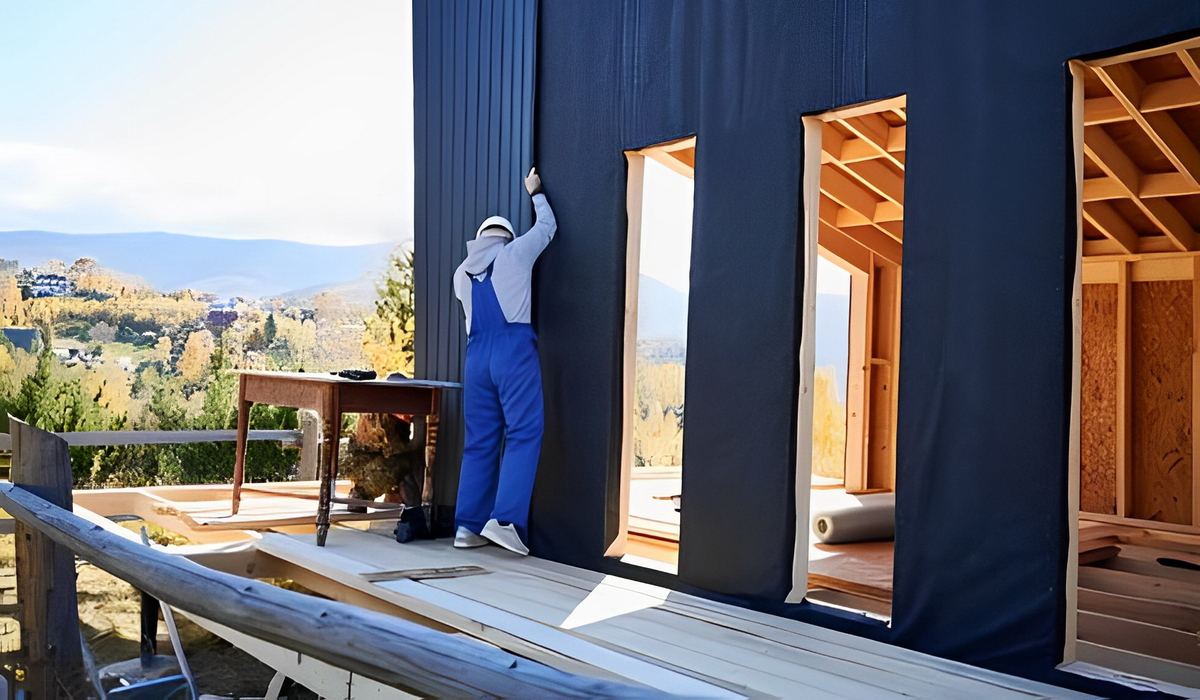
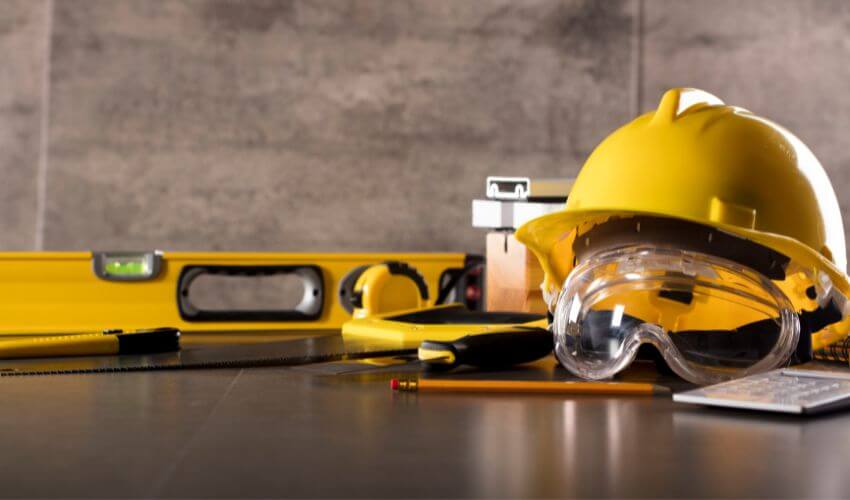
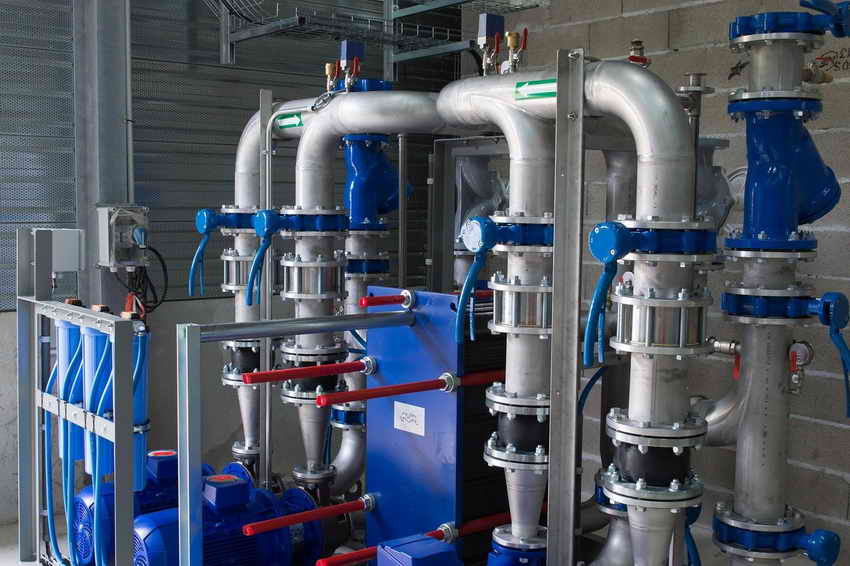
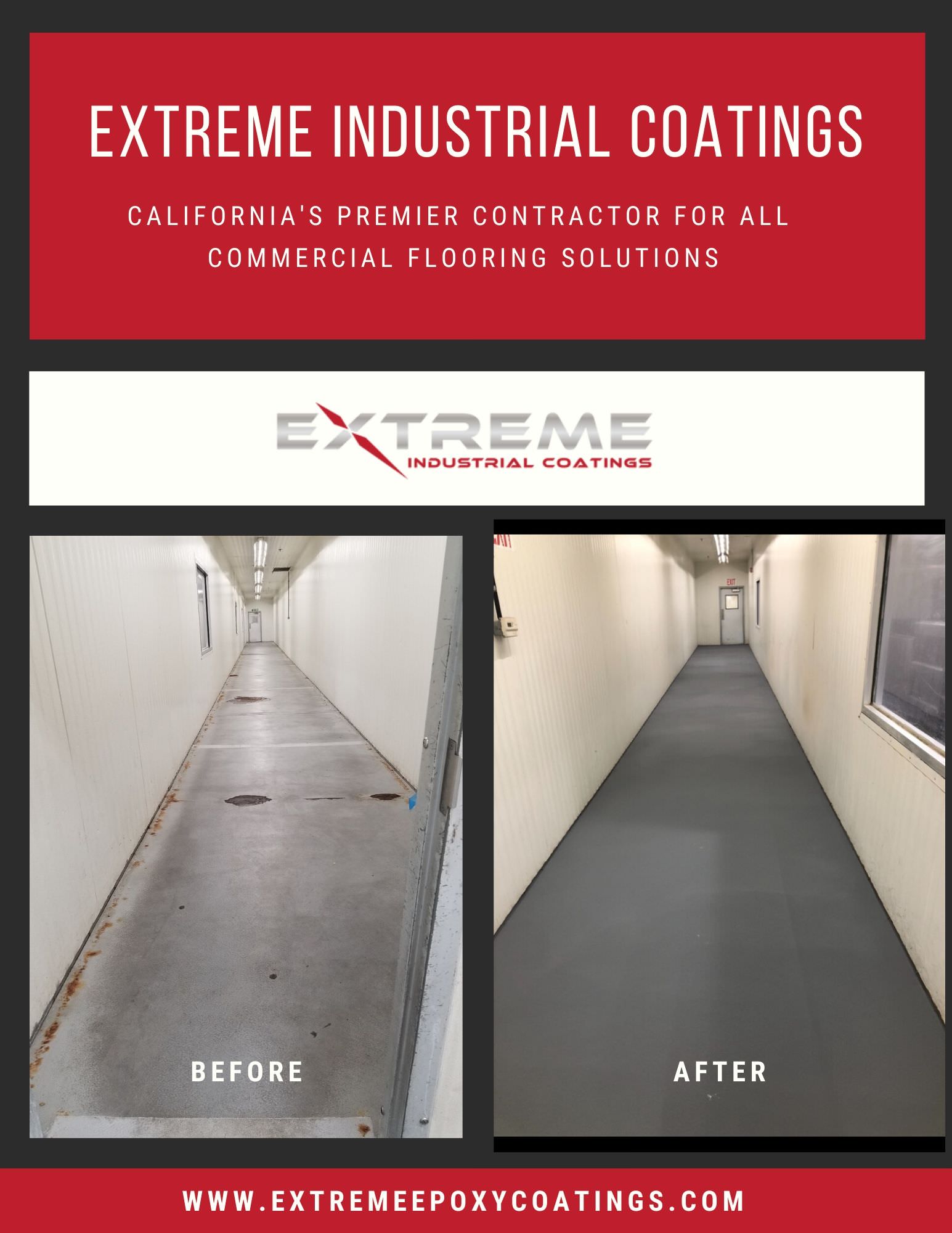
Very Interactive blog! worth reading. Designing a professional processing piping might not be an easy task but it might not be with the expert one.
Great content, more on process equipment selection